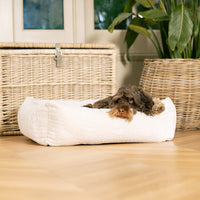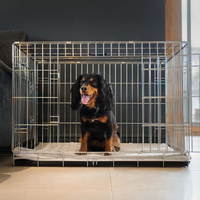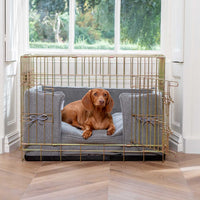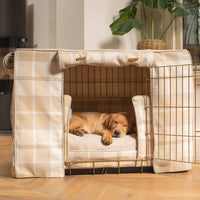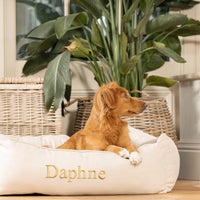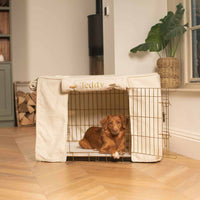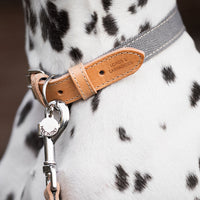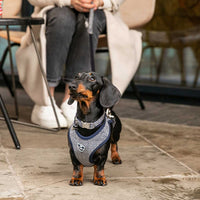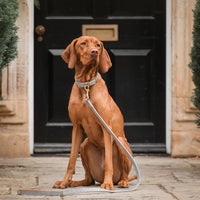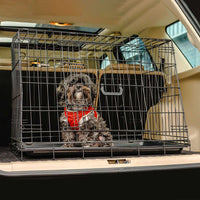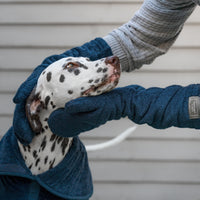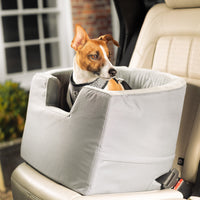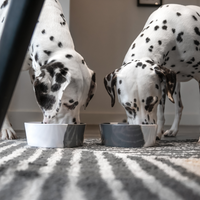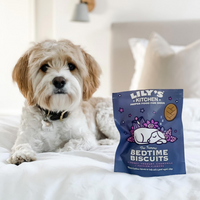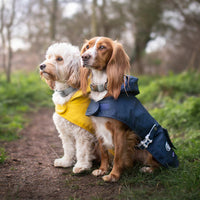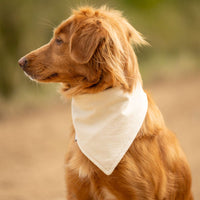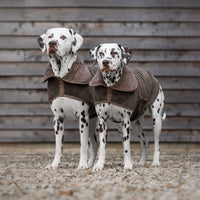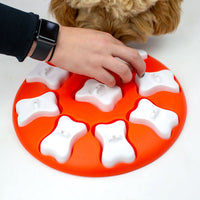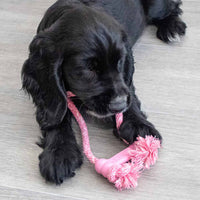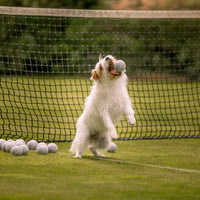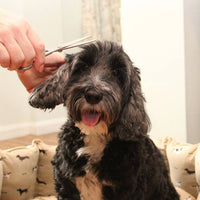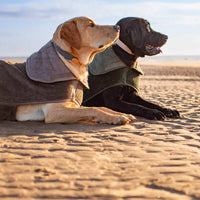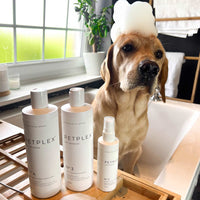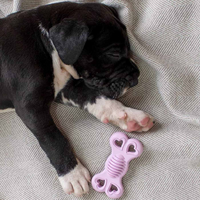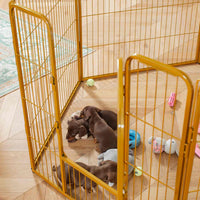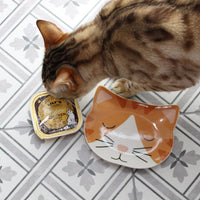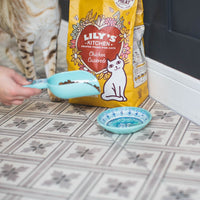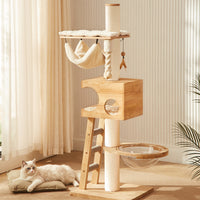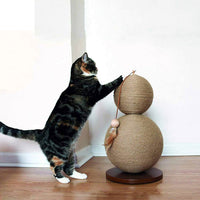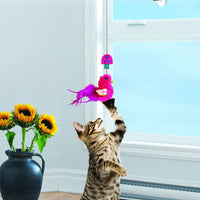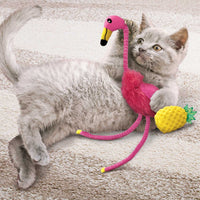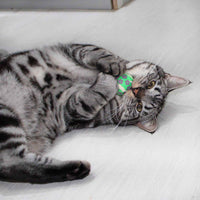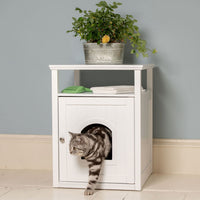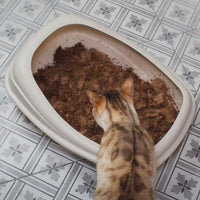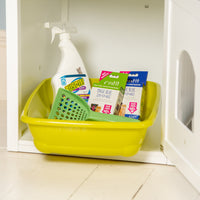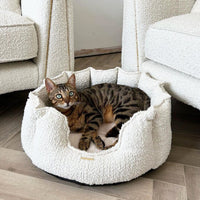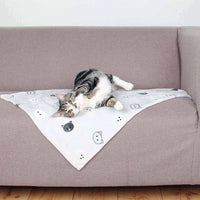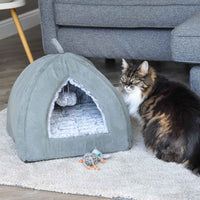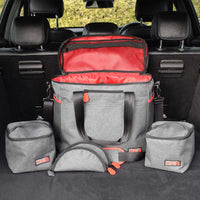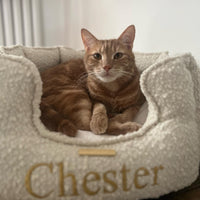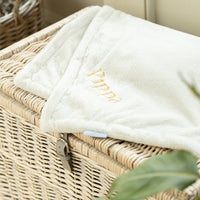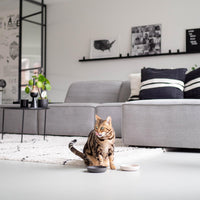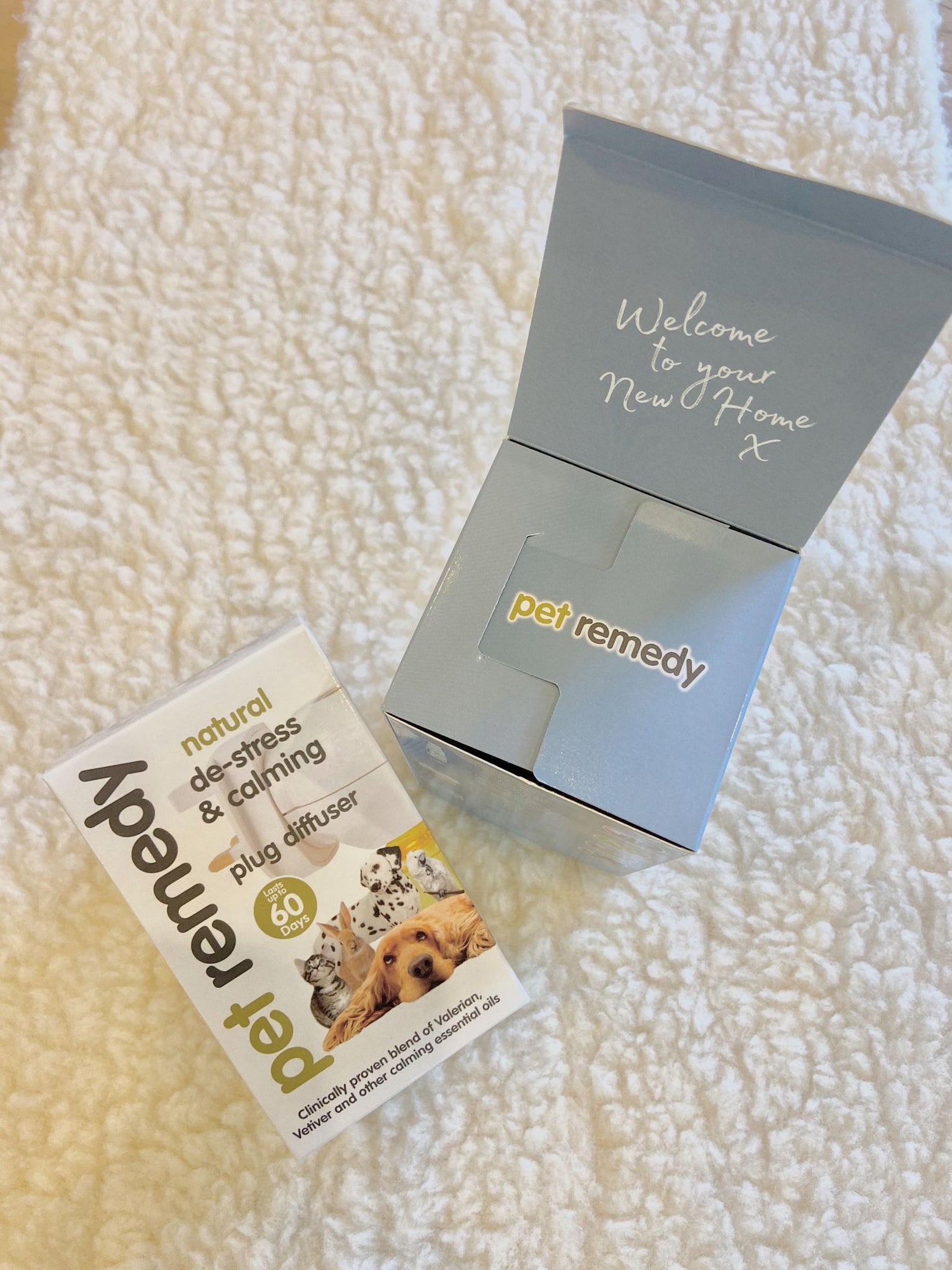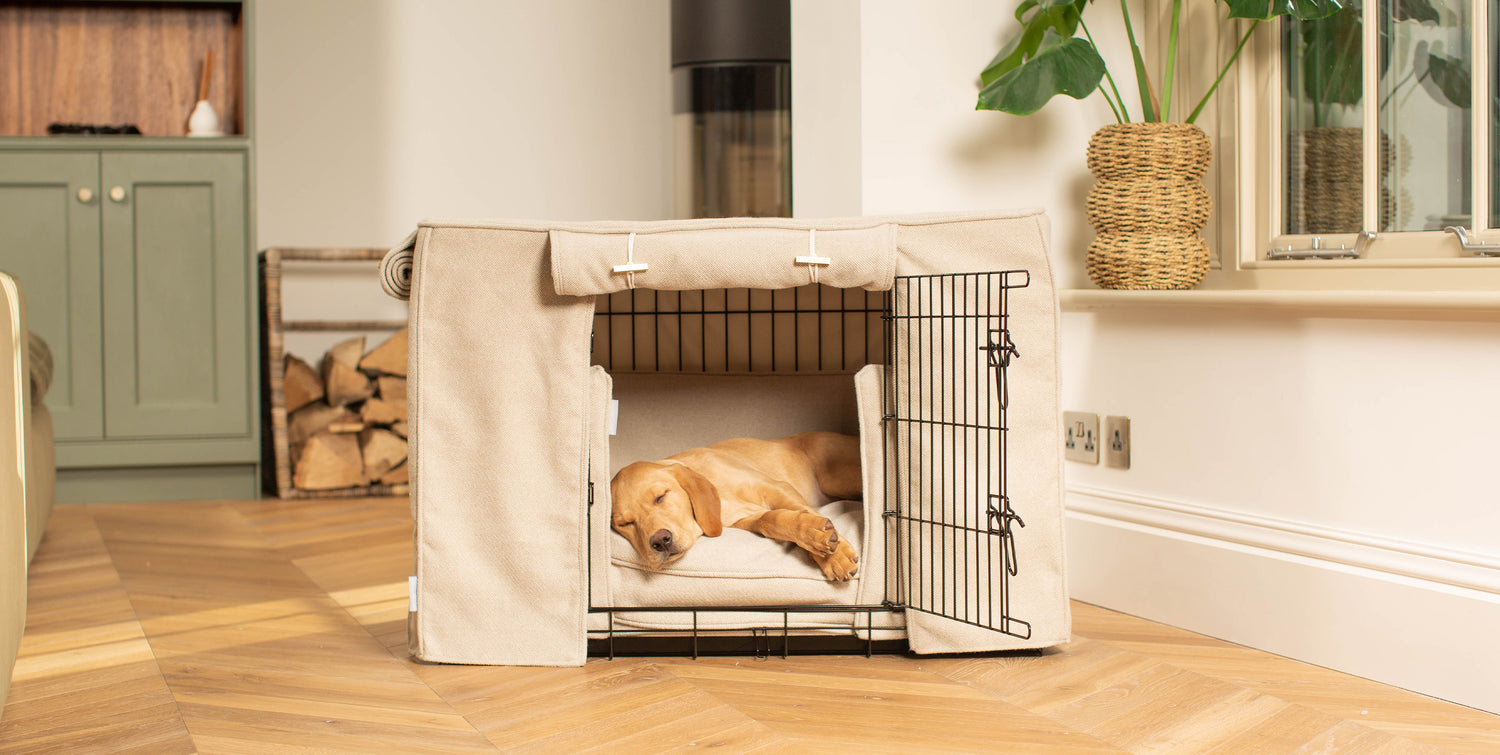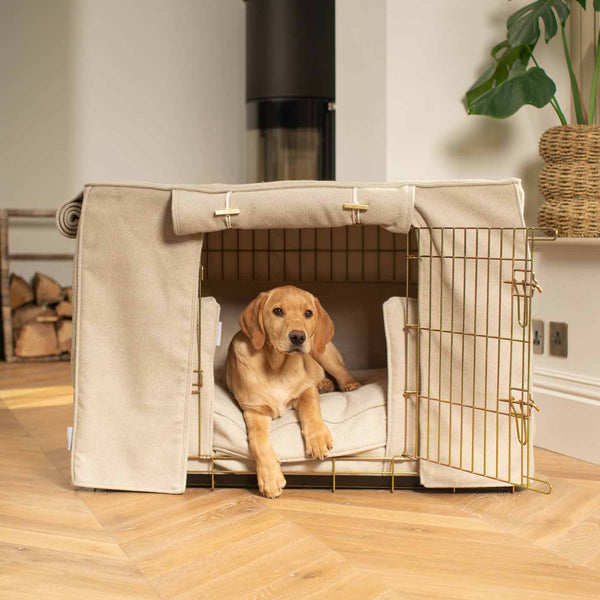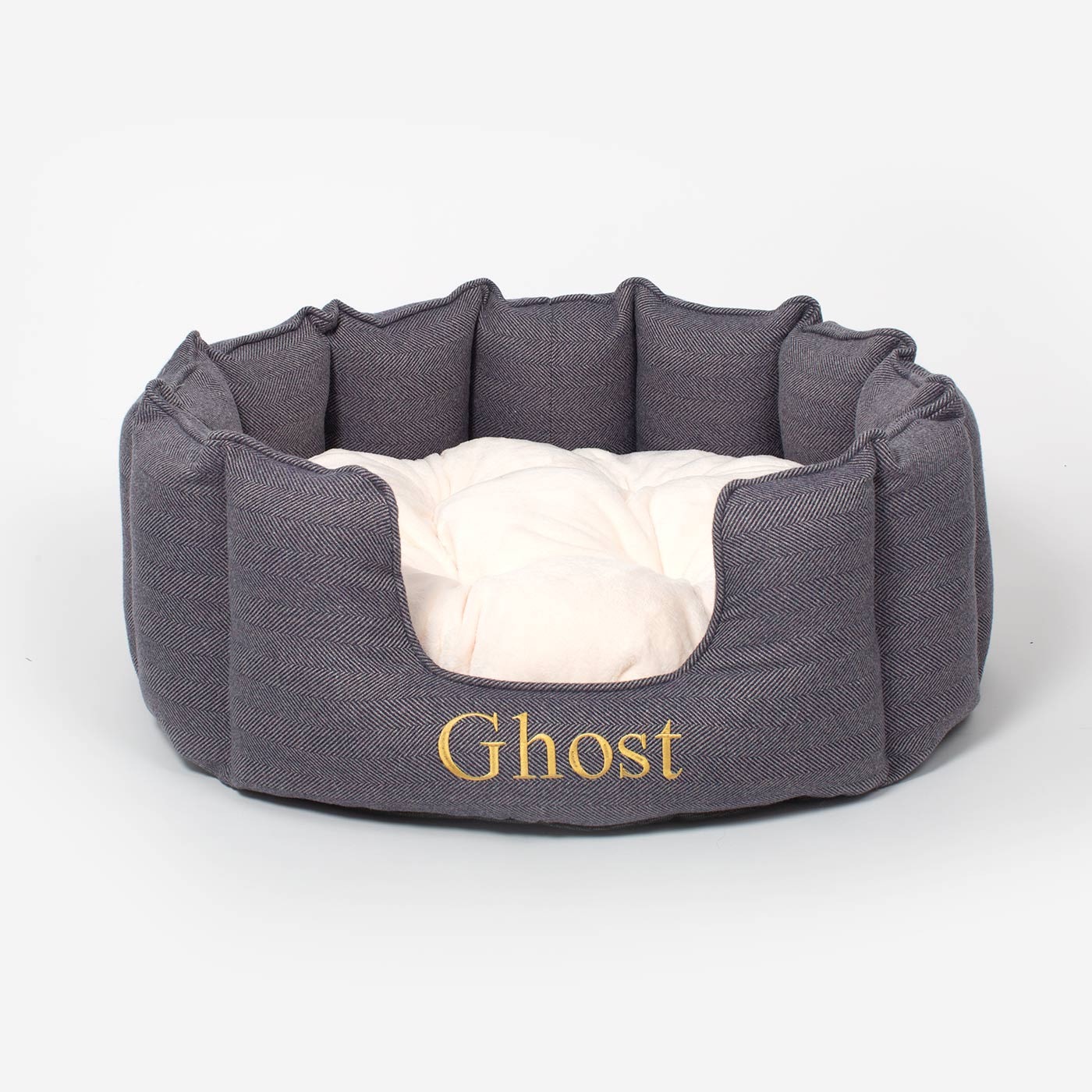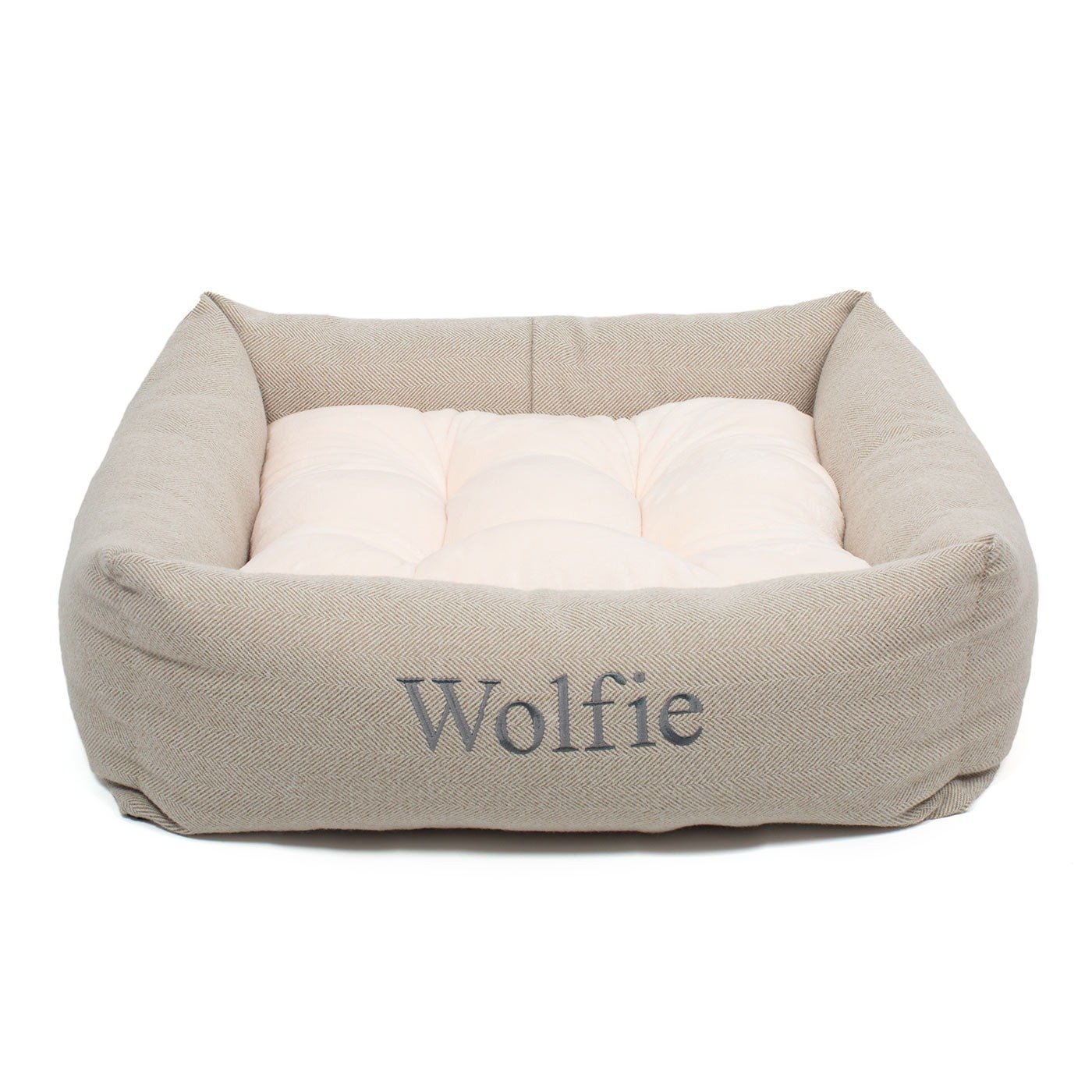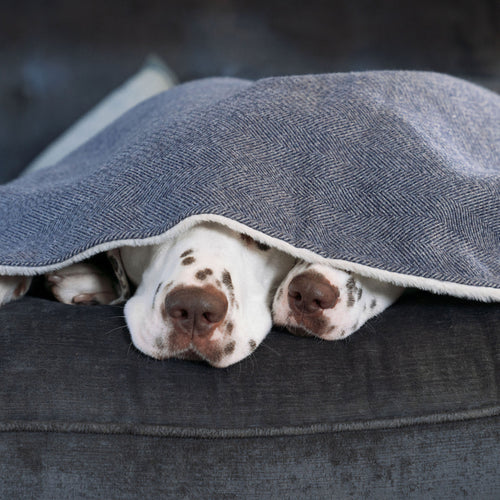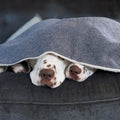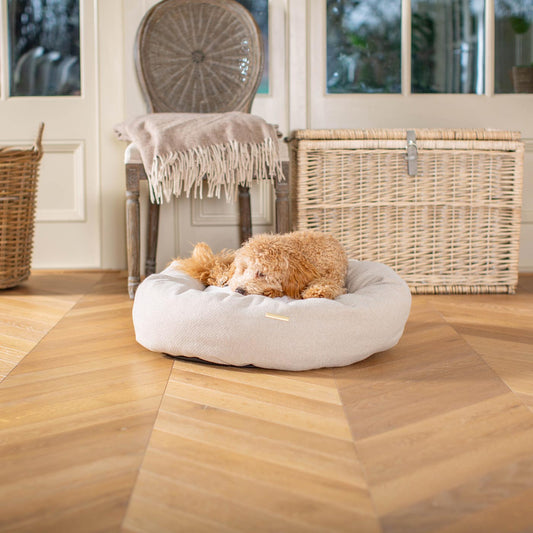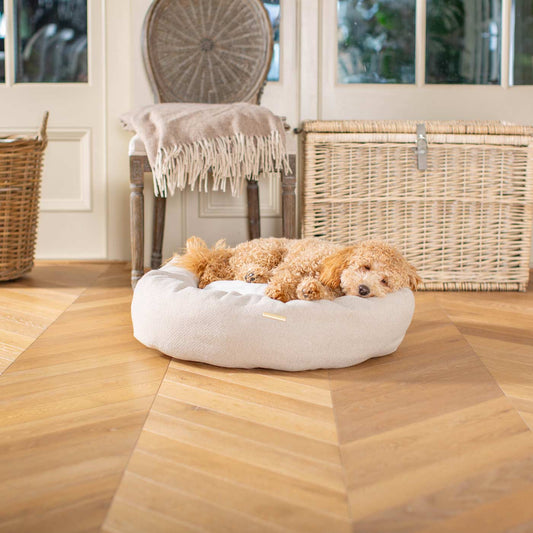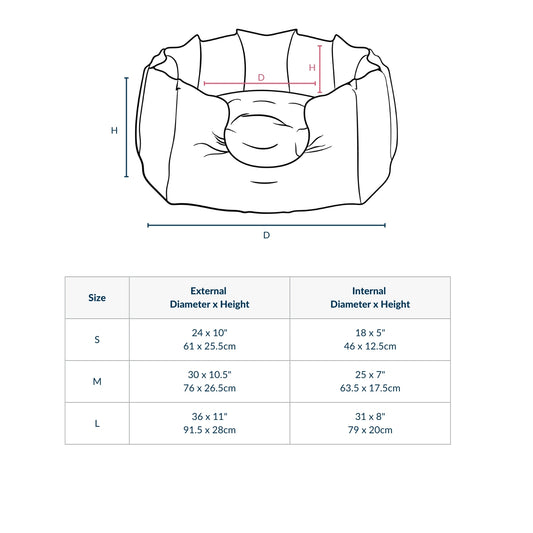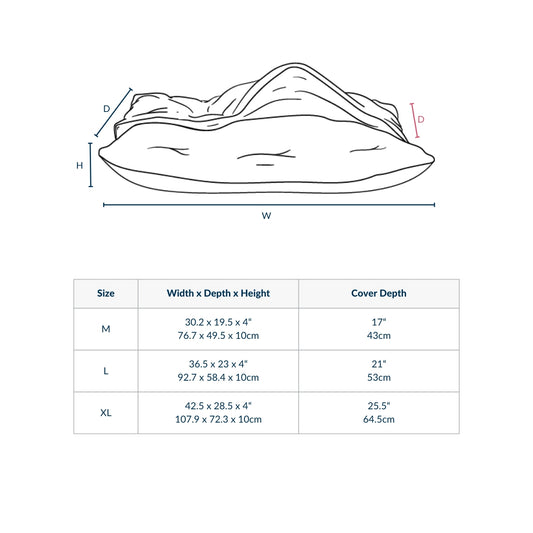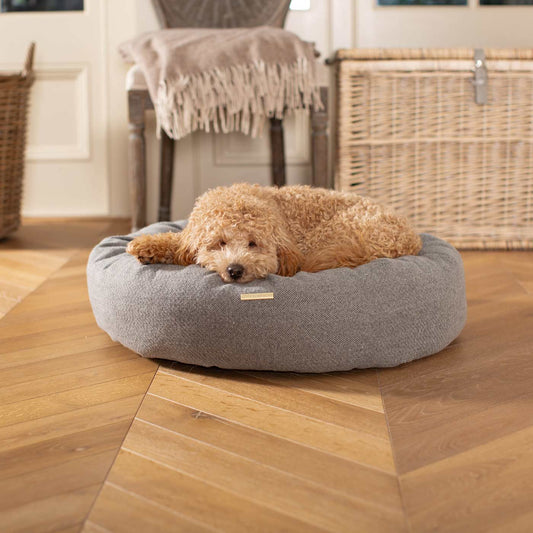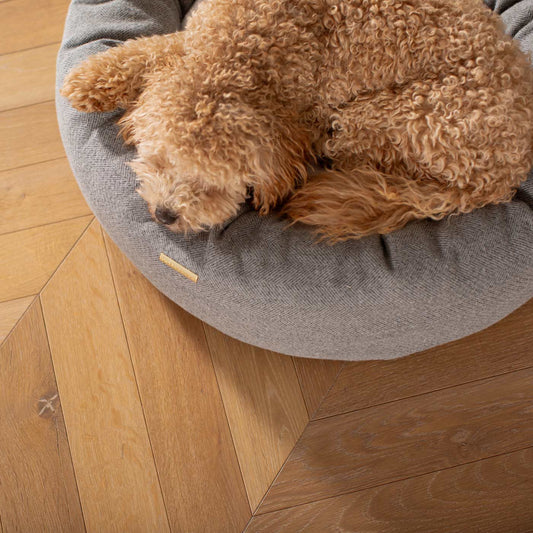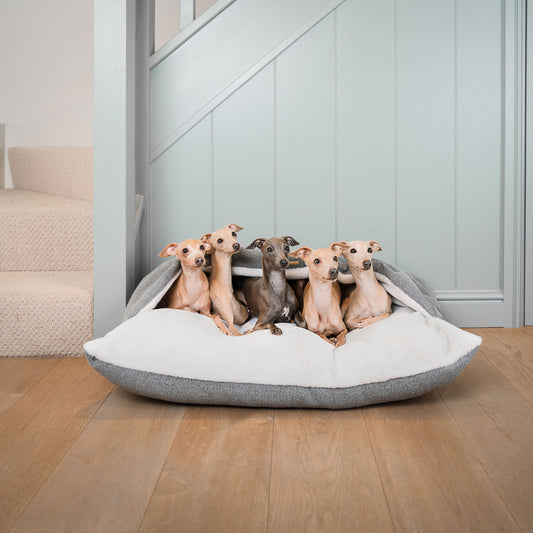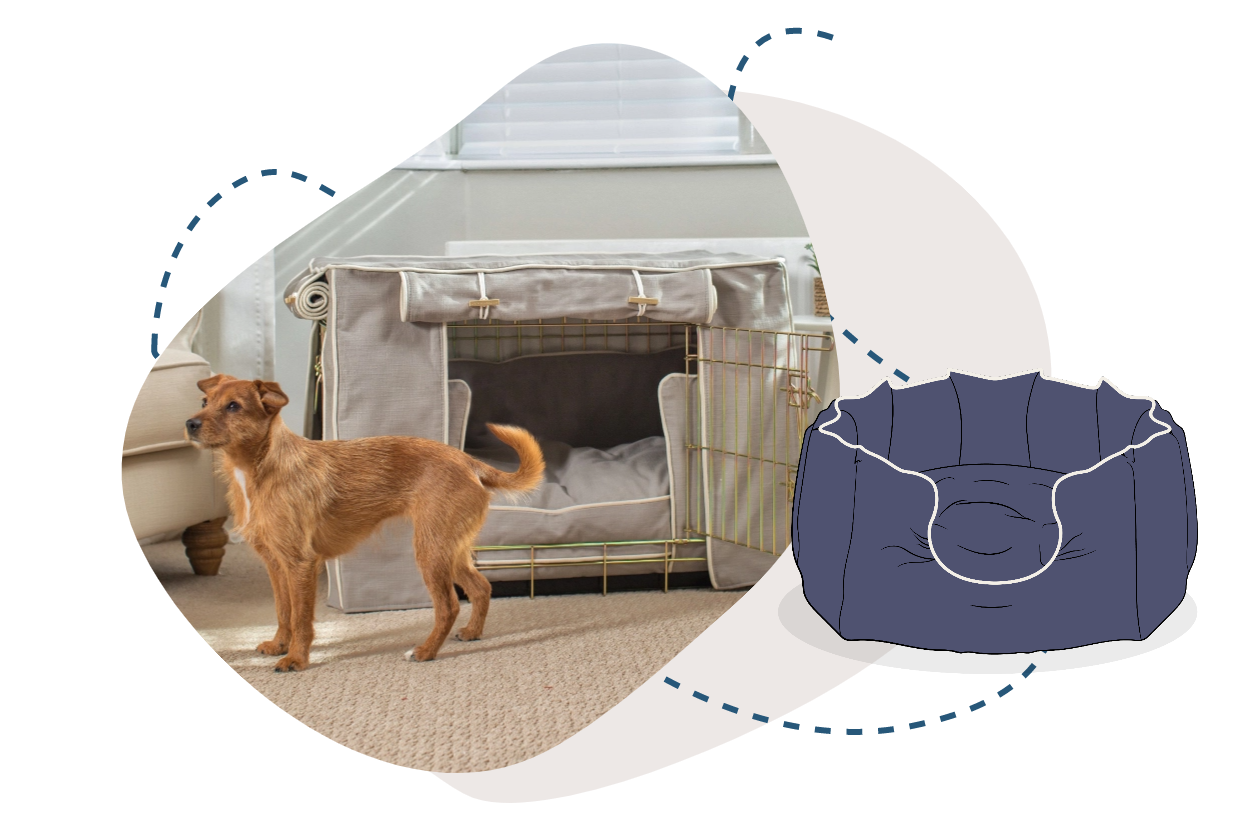
Hairball Treatment for Cats: Everything You Need to Know
If you’re a cat owner, you’ve likely encountered the unpleasant surprise of a hairball on your carpet. While it’s a common occurrence for cats, particularly those who groom themselves frequently, hairballs can sometimes indicate the need for additional care or adjustments to their routine. In this guide, we’ll explore effective hairball treatments for cats, remedies for furball issues, and the role of grooming and nutrition in keeping your feline friend comfortable. Why Do Cats Get Hairballs? Hairballs form when your cat grooms itself by licking its fur. Their rough tongue collects loose hairs, which are then swallowed. Most of this hair passes through the digestive system without issue, but sometimes it accumulates in the stomach, forming a hairball. Cats then regurgitate the hairball as a natural way of expelling it. Hairballs are most common in long-haired breeds like Maine Coons and Persians but can affect any cat. While occasional hairballs are normal, frequent or severe occurrences may signal a problem, such as excessive grooming or an underlying health issue. Signs Your Cat May Be Struggling With Hairballs While hairballs are typically harmless, it’s important to know when they might require intervention. Here are some signs to watch out for: Frequent retching or gagging without producing a hairball. Constipation or difficulty passing stools. Lack of appetite or lethargy. Persistent coughing or vomiting. If your cat exhibits these symptoms, consult your vet to rule out any serious conditions. Best Hairball Remedies for Cats 1. Regular Grooming One of the most effective ways to reduce hairballs is by grooming your cat regularly. Brushing your cat’s fur helps remove loose hairs, preventing them from being swallowed during grooming. Long-haired cats may benefit from daily brushing, while short-haired cats can be groomed a few times a week. Explore our cat grooming tools to find brushes, combs, and deshedding tools tailored to your cat’s coat type. 2. Hairball Control Cat Food Diet plays a crucial role in managing hairballs. Specially formulated hairball control cat foods contain added fibre to help hair move through the digestive system more easily. High-quality options not only reduce hairballs but also support your cat’s overall health. The Purina One Adult Cat Coat & Hairball Chicken Dry Food is one of the best cat food for hairballs. It is a complete nutritional solution that has been proven to maintain healthy skin and coat. It contains high-quality protein, vitamins, and essential fatty acids, as well as highly digestible ingredients, to help minimise hairball formation and limit excess shedding. Shop Purina One Adult Cat Coat & Hairball Chicken Dry Food now to keep them pesky hairballs at bay. 3. Hairball Remedies and Supplements Lubricating gels and natural remedies can help hairballs pass through your cat’s digestive system more comfortably. These remedies often contain ingredients like petroleum jelly or vegetable oil to coat the hair, aiding its journey through the gut.When choosing a product, look for options labelled as the best hairball remedy for cats to ensure you’re providing safe and effective relief. 4. Hydration Encourage your cat to drink more water, as hydration aids digestion and helps prevent hair from forming clumps in the stomach. Adding a cat fountain or providing fresh water daily can make a big difference. 5. Encourage Play and Activity Engaging your cat in regular play reduces boredom, which can sometimes lead to overgrooming. A good scratching post or a sturdy cat tree provides a fun outlet for activity while keeping your cat’s claws healthy. Cats and Hairballs: Long-Term Prevention Taking proactive steps can significantly reduce the frequency of hairballs: Regular Vet Checkups: Ensure your cat’s overall health is monitored, especially if hairballs become frequent. Consistent Grooming: Establish a grooming routine to manage loose fur effectively. Balanced Diet: Opt for high-quality, fibre-rich foods designed for hairball control. Environmental Enrichment: Prevent overgrooming by providing stimulating toys and activities. Explore Our Cat Essentials At Lords & Labradors, we understand the importance of keeping your feline friend healthy and happy. From grooming tools and cat trees to hairball control cat food, we have everything you need to care for your cat. Shop our range of cat grooming tools, cat food, and cat trees to give your furry companion the best care possible. By addressing your cat’s grooming and dietary needs, you can minimise the occurrence of hairballs and ensure your pet stays content and comfortable. Remember, a little prevention goes a long way in keeping those furballs under control.


